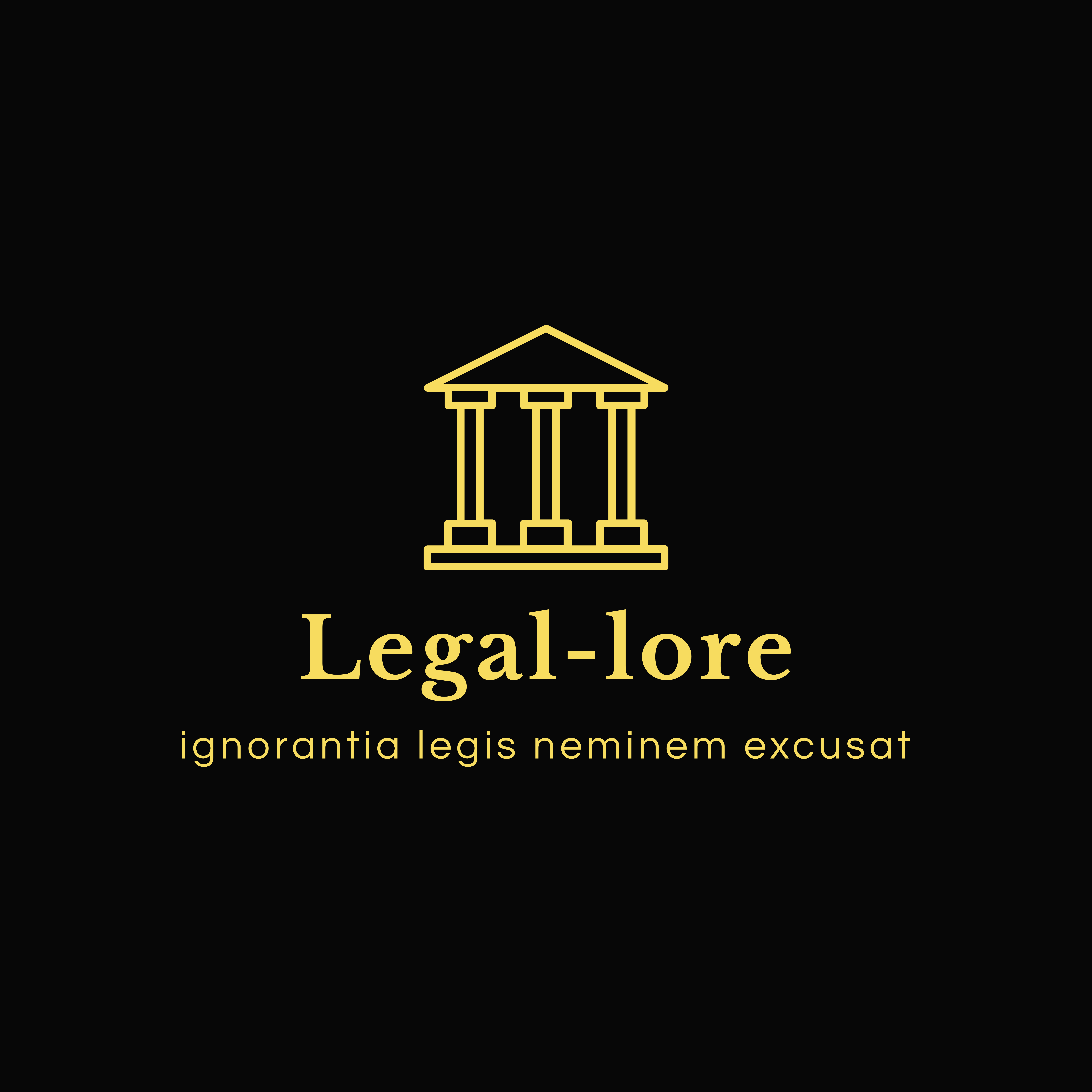THE AMENDMENTS – LAWS’ PERPETUITY
- Legal-lore

- Nov 22, 2022
- 4 min read
INTRODUCTION
The society in which they thrive is dynamic in nature. Change is the only constant in all aspects of life and the well acclaimed field of law is no exception.
In order to keep up with the constantly evolving human race and to deliver higher justice the Indian legislation has never failed to comply with its duty of law making. The longest written constitution of ours is the basics of our being from the legal point of view therefore it needs to be kept updated meanwhile ensuring that it never loses its forming principles and perpetuity. Relevance and upgradation go hand in hand via the amending powers conferred by the Constitution itself.
This article deals with the amending procedure of the constitution as per the relevant provisions and case laws.
Power to Amend the Constitution
Article 368 talks about such power in the hands of the Union Parliament.
The Constitution (24th Amendment) Act , 1971 was brought up to overthrow the judgment of the Apex court within the Golaknath case (1967) which outlined that the parliament can never hinder the enjoyment of the Fundamental rights by restricting them.
Also in the case I.R Coelho v. State of Tamil Nadu 1 the court held that the Constitution is a living document and its interpretation changes with time and development.
PROCEDURE OF AMENDMENT
Following are the two modes of amending :
a. The informal Method.
b. The formal method
THE INFORMAL METHOD
Here, the originally drafted words of the particular law do not change but its meaning and needs are given broader connotation. It is right to infer that an interpretation of a statute by the Supreme Court is binding throughout the country but the same is not binding on the apex court itself only if it is of the view that there is room for correction. The court can rectify that part therefore, may override its own prior judgements .2
THE FORMAL METHOD
This method witnesses a change in the original text by way of addition, variation or repeal. For example, the 44th amendment repealed article 31 pertaining to fundamental right to property.
The above method may be done by way of 1. Simple majority
2 Special majority in both houses of parliament plus ratification by at least half of the State Legislature.
AMENDMENTS BY SIMPLE MAJORITY
This can be achieved by simple majority vote of members present and voting in both houses of the Parliament applicable for making ordinary statutes, for instance to pass any money bill. One of the excluded provisions from the purview of Article 368 is article 2 to 4 referring to citizenship related matters. It may be noted that a bill may be initiated by either of the houses. The similar provisions extend to the State Legislature as well.
AMENDMENTS BY SPECIAL MAJORITY ( ARTICLE 368)
Firstly the bill is initiated by either of the houses of the Union Parliament.
Secondly a majority of 2/3 rd members present and voting supported by more than 50% of the total strength of the house is mandatory for both the houses.
Thirdly the passed bill is sent for President’s assent which is an obligation to be abided by the head of the democratic republic as per the 24 th amendment after this step the constitution stands amended.
This type of majority is mostly seen being used in the parliament for removal and appointment of judges of the High court and the Supreme court.
In the third scenario, the bill shall not be presented to the President unless the bill has been ratified by Legislature of minimum half of the states by way of resolution.
The above is to be used in the matters stated in Article 54,55,73 to name a few.
It should be noted that the abolition of article 370 in 2019, has widened the ambit of amendments to the union territory of Jammu and Kashmir.
AMENDMENTS AND THE FUNDAMENTAL RIGHTS
It has been established in a plethora of case laws that amending a law should be carried only within the ambit of the very essence of constitution implying that in no situation any law shall come into force which threatens the ideals upon which the foundation of constitution has been laid down.
The same was held in Kesavananda Bharati v.State of Kerala3 the landmark judgment is known to be the longest in the history of the Independent India.
The 13 bench of judges agreed upon the validity of the 24th amendment and that parliament had powers to amend the constitution including the fundamental rights thereby overriding the opposite judgment pronounced earlier in the Golak Nath v. State of Punjab4.
However the difference of opinion arose in the scope of its power , 6 of the judges including Justice Shelat argued that basic structure cannot be altered and the other 6 including Justice Dwivedi were of the opinion that no such bar should be necessary.
Eventually Justice Khanna J reconciled and the court was able to come up with the pronouncement that the Union Parliament has wide ambit with respect to amending powers but all these powers diverge to a point where an alteration tends to crumble the basic structure of the constitution which includes secular, supreme , integrity and on of the nation and its indigenous governing book of law.
--
1. AIR 2007 SC 861
2. BENGAL IMMUNITY CO V. STATE OF BIHAR AIR 1965 SC 845
3. AIR 1973 SC 1461
4 . AIR 1967 SC 1643
This article is written by Urishita Gadhok of Maharishi Markandeshwar deemed to be university Mullana Ambala Haryana.



Comments